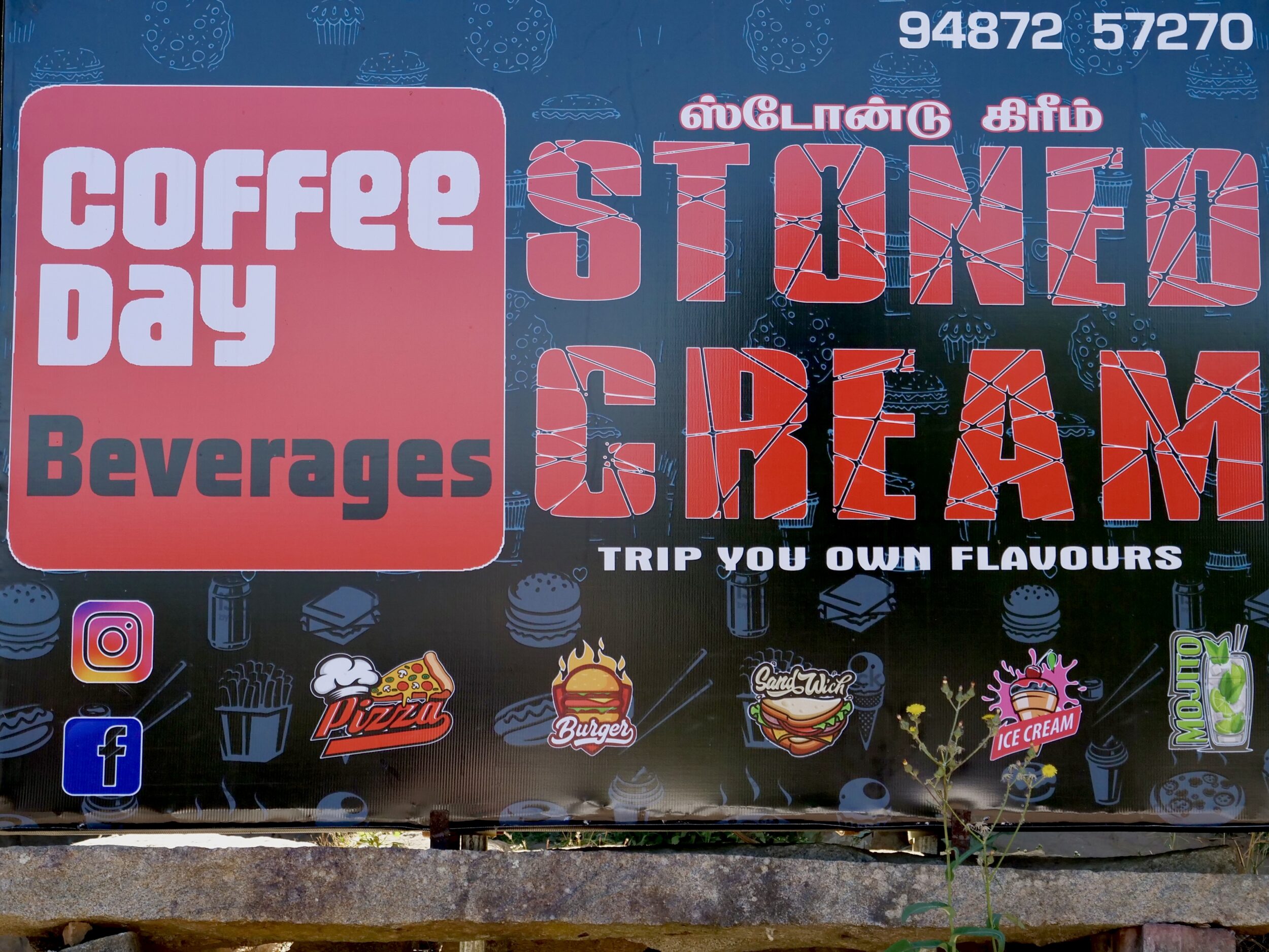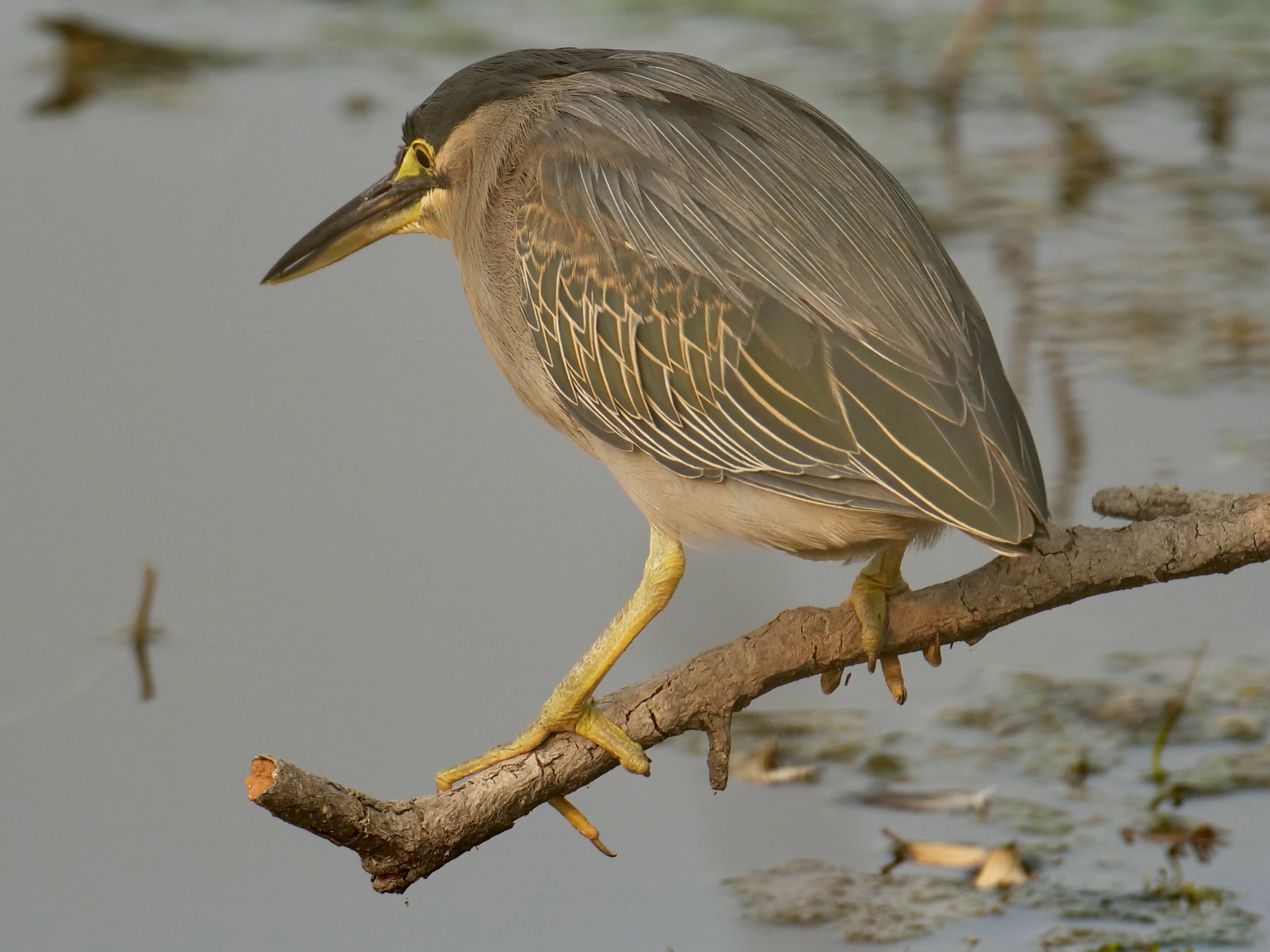Originally, in the 17th century CE, what is now known as “Old Delhi” was Delhi – a walled, Mughal city.
Now, it is no longer walled, and occupies only a minute proportion of Delhi’s mushrooming metropolis.
As it happens, I have experienced a number of the world’s megacities. (metropolises of more than ten million humans)
In 2024, Old Delhi’s 300,000+ residents probably comprise circa one percent of Delhi’s population.
Various lists of the world’s megacities offer sometimes-ludicrously-divergent rankings and alleged population figures, but most agree that Delhi’s metropolis now has many more human residents than does the entire Australian nation.
Comments closed








